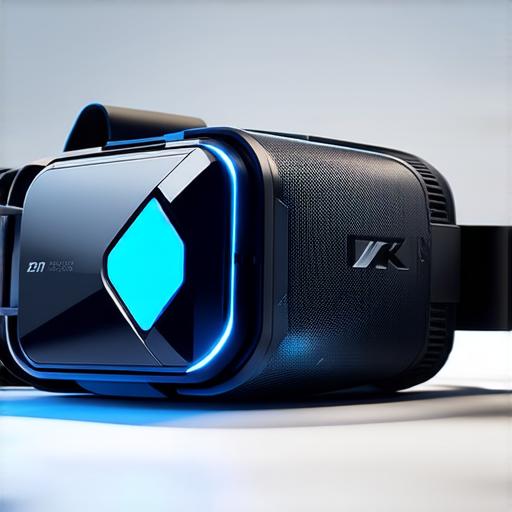
How do virtual reality headsets work?
Components of a VR Headset
A VR headset consists of several key components that come together to create an immersive experience for the user. These include:
- Display screens: These are the screens that the user sees when wearing the VR headset. They typically have a resolution of 2160 x 1440 pixels per eye, which allows for a very clear and crisp image.
- Lenses: These lenses are designed to help focus the display screens onto the user’s eyes, creating an immersive experience.
- Sensors: These sensors track the user’s movement and help the VR headset adjust the image accordingly. There are several types of sensors used in VR headsets, including gyroscopes, accelerometers, and depth sensors.
- Headphones: These headphones provide audio feedback to the user, allowing them to hear sounds in the virtual world.
- Tracking system: This tracking system is responsible for keeping track of the user’s position and movement within the virtual world. It uses a combination of sensors and cameras to determine where the user is and what they are doing.

How VR Headsets Track Motion
One of the key features of VR headsets is their ability to track the user’s movement in real-time. This allows for a more immersive experience, as the user can move around freely within the virtual world without any issues. There are several ways that VR headsets track motion, including:
- Inertial measurement units (IMUs): These sensors use gyroscopes, accelerometers, and magnetometers to measure the user’s movement in three dimensions.
- Ultrasonic sensors: These sensors use sound waves to measure the distance between the VR headset and the user’s body.
- Optical sensors: These sensors use cameras to track the user’s movement based on their position relative to the VR headset.
- Magnetic sensors: These sensors use magnets to track the user’s movement in three dimensions.
Creating an Immersive Experience
Once the VR headset has tracked the user’s movement, it can adjust the image accordingly to create a more immersive experience. This includes:
- Adjusting the field of view (FOV): The FOV is the angle that the display screens cover when viewed from above or below. By adjusting the FOV, the VR headset can make the user feel like they are truly in the virtual world.
- Applying distortion: Distortion is used to create a more realistic feeling of depth and distance within the virtual world. This includes distorting the image to make objects appear closer or farther away than they really are.
- Adjusting brightness and contrast: By adjusting the brightness and contrast, the VR headset can create a more immersive experience by making the user feel like they are truly in the virtual world.
- Adding haptic feedback: Haptic feedback is used to provide tactile feedback to the user, allowing them to feel objects within the virtual world. This includes vibrations and force feedback.
Real-Life Examples
There are many real-life examples of how VR headsets are being used in a variety of industries, including:


